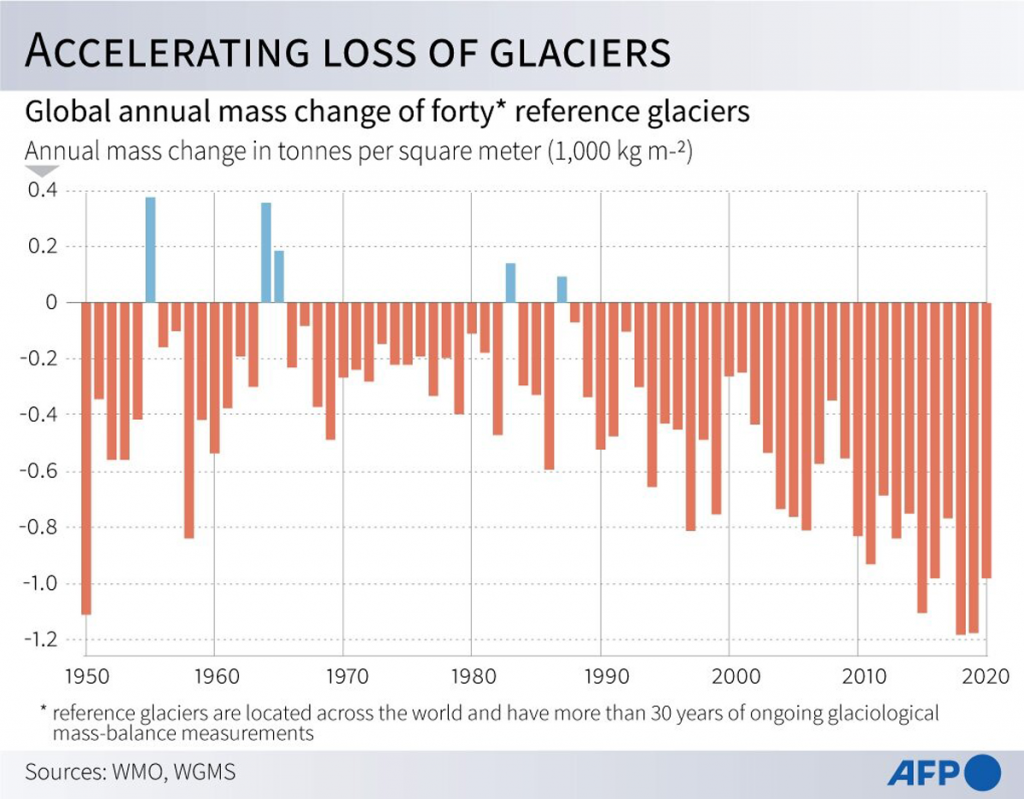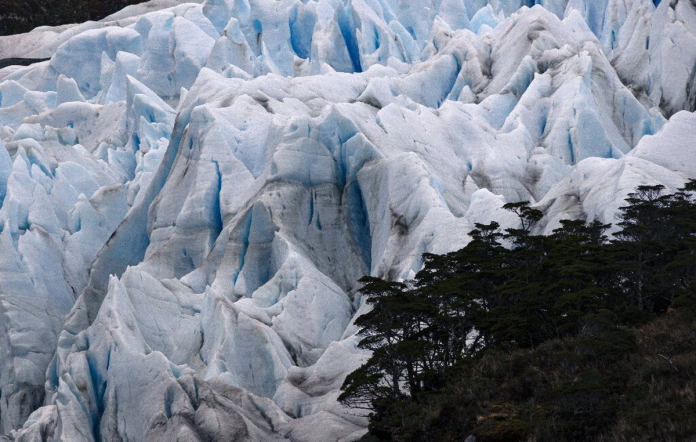Mountain glaciers shrinking because of climate change are less voluminous than previously thought. It put millions who depend on them for water supply at risk.
Glaciers in the Andes Mountains of South America were found to store 23 percent less fresh water compared to earlier estimates. The study has been published in the journal Nature Geoscience.
Bolivia’s largest city La Paz is highly dependent on glacier runoff for agriculture. The slow-moving rivers of ice lose more mass through melt-off than they gain with fresh snow. Then water flows become irregular. It eventually dries up in low altitude mountains and then in higher ones.
Water from glaciers flowing into rivers is important for hydropower generation and agriculture.
Himalayan mountains have up to a third more ice than thought. The satellite-based survey covered 98 percent of the world’s glaciers which is around 250,000. It found that the volume of all glaciers combined was 11 percent smaller than earlier calculations.
One silver lining is the implications for sea level rise. It is projected to be among the most devastating consequences of global warming. Melting glaciers was one of the main causes of rising ocean levels in the 20th century. It is along with the expansion of sea water as it warms.

The new estimate lowers the potential contribution of glaciers to sea level rise from 33 to 26 centimetres.
But that reduction is incidental compared to the impact of melting ice sheets. It has become the main cause of rising sea levels in the 21st century.
The kilometres-thick blankets of ice atop West Antarctica and Greenland have enough frozen water to lift oceans some 13 metres.
Glaciers are constantly on the move as they are pushed by gravity.
Scientists created an ice flow database. They have studied more than 800,000 pairs of before-and-after satellite images of glaciers. This includes large ice caps, narrow alpine glaciers, slow valley glaciers and fast tidewater glaciers. NASA and European Space Agency satellites have captured high-resolution images. It requires more than one million hours of computational time on super-computers in Grenoble.

